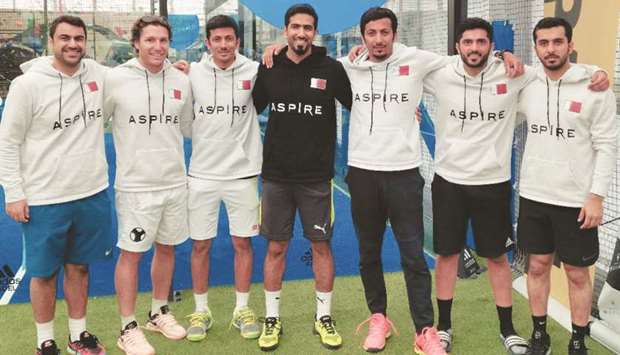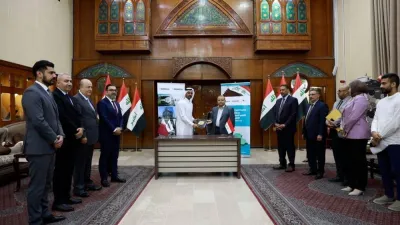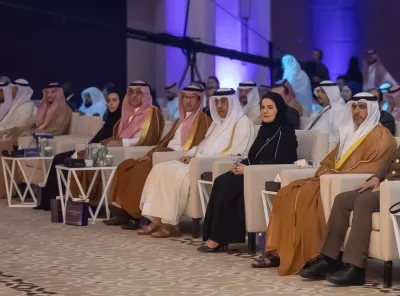Two Qatar duos made it to the quarter-finals of the 1st Nexus Cup Padel Championship in Chiba City, Japan, yesterday, even as the six-member contingent hoped to carry the momentum into the 3rd Asian Padel Championship, which starts today at the same venue.
The Nexus Cup is an FIP (International Padel Federation) 125 category tournament, which is being run alongside the Asian championship to offer a chance for the travelling teams to balance their outfits, giving maximum opportunities to the players.
Abdulaziz Saadon al-Kuwari and Mohamed Saadon al-Kuwari notched a 6-2, 6-1 victory over the Japanese duo of Naoya Maeta and Yuta Ichikawa yesterday for a shot at a semi-final spot. The winners will now face the Japanese-Spanish duo of Daisuke Shoyama and Gago Martinez Asier in the quarter-finals today.
The other Qatari duo to make it to the quarter-finals comprises Abdulla al-Hijji and Khalid Saadon al-Kuwari.
They opened their tournament yesterday with a victory over Australia’s Tim Brown and Spain’s Gustavo Oriol, before edging out the Japanese duo of Kazuki Tomita and Shungo Kusakabe 6-4, 7-6 (4).
Al-Hijji and al-Kuwari will face Australia’s Matthew Barrelle and Taylor Smith in today’s quarter-finals.
The third Qatari team of Jassim Kano and Jassim al-Mulla suffered an early defeat in the first round.
Like the Asian championship, the Nexus Cup is scheduled to conclude tomorrow.
Qatar will open their campaign against Australia in the third Asian Padel Championship today.
The six-member Qatar team travelled to the Japanese city, around 30km from Tokyo, and have hosts Japan, Australia, India and Thailand as other participants in the tournament.
Members of the Qatar team are Abdulaziz Saadoun al-Kuwari, Jassim Kano, Jassim al-Mulla, Abdullah Hajji, Mohamed Saadoun al-Kuwari and Khalid Saadoun al-Kuwari
In the other tie today, Japan will take on India.
Padel is a unique racquet sport typically played in doubles on an enclosed court, a third of the size of a tennis court. Scoring is the same as normal tennis and the balls used are similar but with a little less pressure.
The main differences are that the court has walls (methacrylate usually), the balls can be played off these walls as in squash, and that players use solid, stringless racquets.
The sport originated in Mexico before it spread to other Hispanic countries and has found a lot of support in Spain off late. Many media reports have put padel right behind football in Spain in terms of popularity.
Given similarities between padel and tennis, it isn’t exactly surprising that quite a few players, including all the Qatar team players, have played tennis at some level.
Mohamed Saadoun and Hajji were among the top 300 players in the world in the youth category and played for Qatar in the Davis Cup.
In Qatar, the sport truly took roots in 2017, and Padel Qatar has ensured that a playing location is not too far away from those interested.
There are as many as 15 courts at six different locations in Qatar, including Qatar Sports Club, Al Arabi Sports Club, Qatar Women’s Sports Committee, Aspire Zone, Al Wakrah Sports Club and Doha Sheraton.

Qatar padel team players pose ahead of their Asian Padel Championship campaign.


